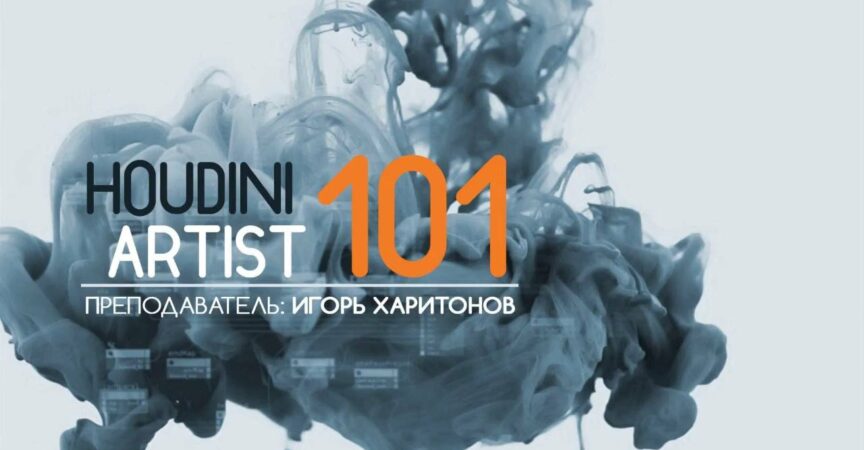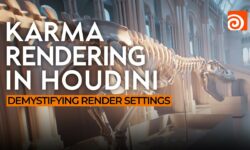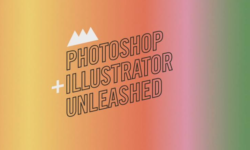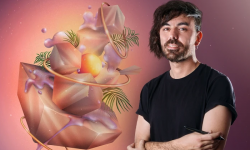Houdini Artist 101 (Russian, Eng sub)
Release date:2016, August
Author:Igor Haritonov
Skill level:Beginner
Language:Russian
Exercise files:Yes
Who this course is for
This course will be of great help to you if you:
- Already working with a 3D package and would like to get to know Houdini.
- Want to learn how to create complex visual effects for film or animation using the power of Houdini’s procedural approach?
- Familiar with Houdini, but simultaneously I would like to systematize my knowledge and deepen my skills with the help of those tricks understood during training.Course Description
The Houdini artist 101 course will be helpful for those CG artists who have long wanted to learn how to make excellent visual effects but did not know how to approach Houdini, a package famous for its complexity.
The course is designed for students who already have experience with any 3D software (3Ds MAX, Maya, Cinema 4d, Blender, etc.) and, from experience with this software, who understand what viewport is, 3D space, shading, and light.
The course “Houdini artist 101” covers all the main areas of use of this software package:
- working with geometry
- simulation of liquids, gases, fire,
- simulations of destruction and explosions,
- shading,
- light and render
During the training, all aspects of working in the program are handled step by step. Much attention is paid to theoretical training, without which it is impossible to understand Houdini and its capabilities, and practical exercises, during which the methods and approaches of working with the program are studied and analyzed in detail.
At the end of the course, students will learn how to work in Houdini, understand its internal logic and choose the most effective ways to solve everyday work tasks independently.
Curriculum Overview
Section 1. HOUDINI BASICS. GET TO KNOW THE PACKAGE.
In the first block, you will get comfortable with the software interface. You will understand the advantages of a procedural approach. Understand the concept of “context” and understand what each is responsible for in the program. Learn to create procedural models. Gain basic knowledge of working with textures and materials.
Section 2. DIGITAL ASSETS. A LITTLE THEORY AND ANIMATION.
In this block, you will get acquainted with the ideology of Digital Assets. Remember the basics of vector algebra (it’s not scary!). Start learning VEX and learn how to create procedural animation.
Section 3. SIMULATION IN HOUDINI. VOLUMETER, PARTICLES, LIQUID, DESTRUCTION AND EXPLOSIONS.
The third block is wholly devoted to creating simulations in Houdini. You will learn how to create particle systems and understand how forces and collisions affect their behavior. Understand the dynamics of rigid bodies, and learn how to crush and destroy. Learn how to simulate fluids, fire, and smoke.
Section 4. SHADING, LIGHTING AND VISUALIZATION IN HOUDINI.
This block contains information about Look Development in Houdini. You will learn to create complex materials and work with light and a camera. You will understand how you can optimize the render settings and find a balance between the speed and quality of the render.





 Channel
Channel





